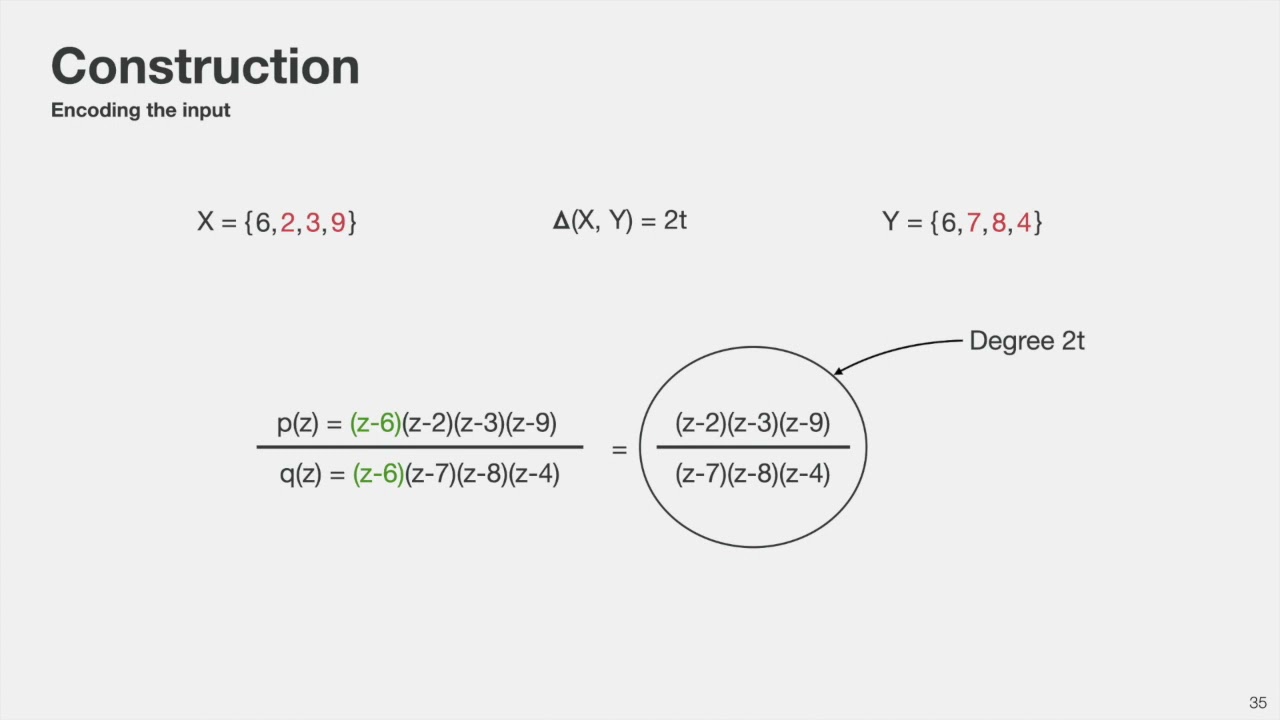Welcome to the resource topic for 2020/1301
Title:
Robust Property-Preserving Hash Functions for Hamming Distance and More
Authors: Nils Fleischhacker, Mark Simkin
Abstract:Robust property-preserving hash (PPH) functions, recently introduced by Boyle, Lavigne, and Vaikuntanathan [ITCS 2019], compress large inputs x and y into short digests h(x) and h(y) in a manner that allows for computing a predicate P on x and y while only having access to the corresponding hash values. In contrast to locality-sensitive hash functions, a robust PPH function guarantees to correctly evaluate a predicate on h(x) and h(y) even if x and y are chosen adversarially after seeing h. Our main result is a robust PPH function for the exact hamming distance predicate $$\mathsf{HAM}^t(x, y) = \begin{cases}1 &\text{if } d( x, y) \geq t \0 & \text{Otherwise}\\end{cases}$$ where d(x, y) is the hamming-distance between x and y. Our PPH function compresses n-bit strings into \mathcal{O}(t \lambda)-bit digests, where \lambda is the security parameter. The construction is based on the q-strong bilinear discrete logarithm assumption. Along the way, we construct a robust PPH function for the set intersection predicate $$ \mathsf{INT}^t(X, Y) = \begin{cases} 1 &\text{if } \vert X \cap Y\vert > n - t \ 0 & \text{Otherwise}\ \end{cases} $$ which compresses sets X and Y of size n with elements from some arbitrary universe U into \mathcal{O}(t\lambda)-bit long digests. This PPH function may be of independent interest. We present an almost matching lower bound of \Omega(t \log t) on the digest size of any PPH function for the intersection predicate, which indicates that our compression rate is close to optimal. Finally, we also show how to extend our PPH function for the intersection predicate to more than two inputs.
ePrint: https://eprint.iacr.org/2020/1301
Talk: https://www.youtube.com/watch?v=IKiGuwDBG1A
See all topics related to this paper.
Feel free to post resources that are related to this paper below.
Example resources include: implementations, explanation materials, talks, slides, links to previous discussions on other websites.
For more information, see the rules for Resource Topics .
